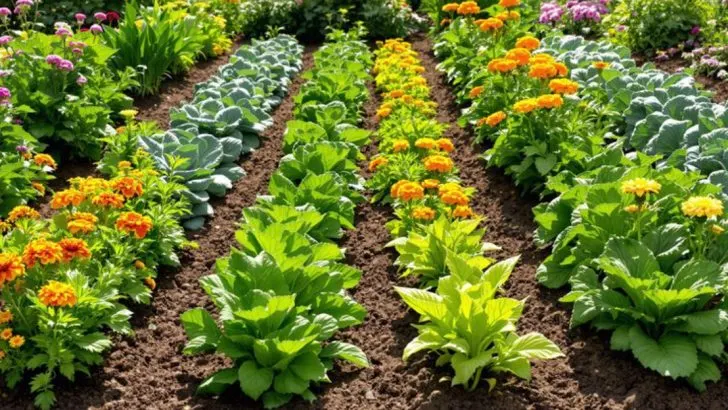Long before the days of big-box garden centers and endless online tips, people relied on resourcefulness and homegrown wisdom to make the most of their gardens. During the Great Depression, when money was tight and every scrap mattered, gardeners found clever, low-cost ways to grow food and care for their land—often with whatever they had lying around.
These 12 frugal gardening tricks aren’t just historical curiosities—they’re surprisingly practical, eco-friendly, and still effective today. Whether it’s reusing household waste, stretching seeds, or making homemade pest deterrents, these time-tested strategies prove that a thriving garden doesn’t have to come with a big price tag.
Companion Planting
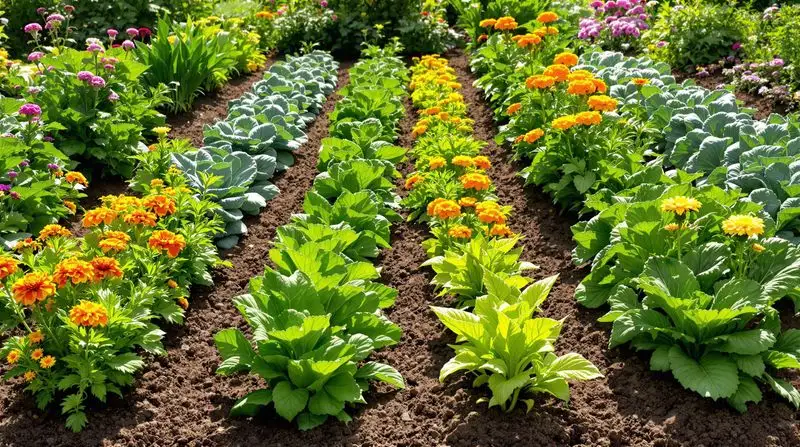
Gardeners in the Depression era knew the value of companion planting. By growing certain plants together, they could naturally deter pests and enhance growth. For instance, beans planted beside corn not only saved space but enriched the soil with nitrogen. This simple technique required no extra expense, just a bit of planning. It was a perfect example of making nature work for you. A balance was achieved by understanding plant relationships, ensuring a bountiful harvest with minimal input. Companion planting remains a sustainable, eco-friendly method that modern gardeners are rediscovering.
Rainwater Harvesting
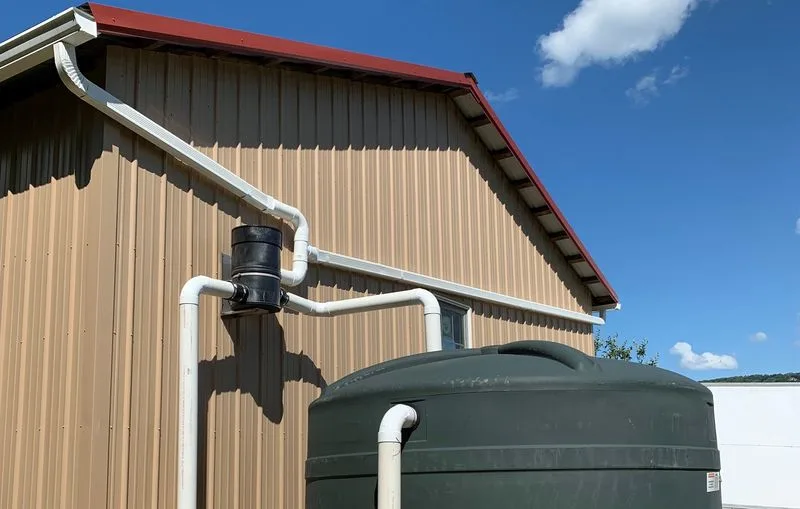
Water scarcity during the Great Depression made rainwater harvesting essential. People crafted simple systems using barrels and gutters to collect rainwater. This free resource was then used to irrigate their gardens, ensuring their plants thrived even during dry spells. It was an effective way to make the most of natural resources. The practice minimized reliance on municipal water supplies, saving money and conserving water. Today, rainwater harvesting is still valued for its environmental benefits and ability to reduce water bills.
Seed Saving
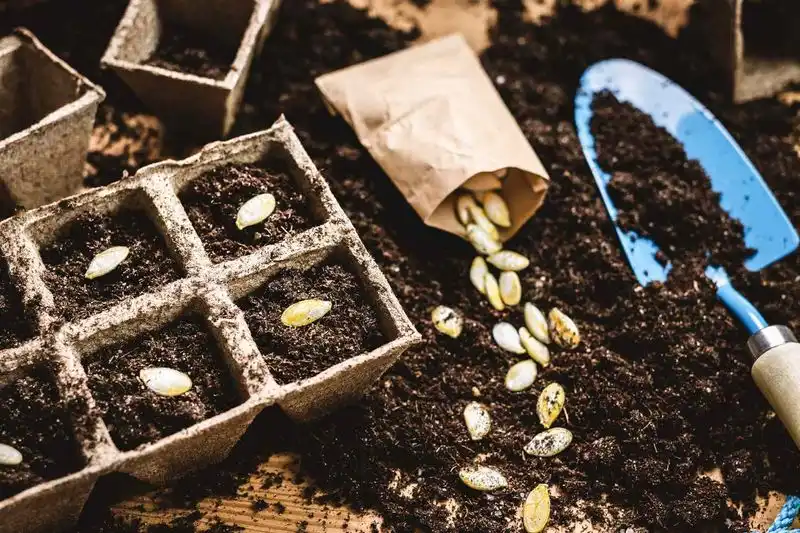
During tough times, buying seeds wasn’t always an option. Many Depression-era gardeners became adept at saving seeds from their harvests for the next planting season. By selecting seeds from the healthiest plants, they ensured quality crops year after year. This practice not only saved money but also preserved heirloom varieties. It fostered a sense of self-reliance and continuity with the past. Seed saving is a rewarding tradition that connects gardeners to their plants in a deeper way.
Composting

In the era of “waste not, want not,” composting was a common practice. Gardeners transformed kitchen scraps and yard waste into nutrient-rich compost. This natural fertilizer boosted soil fertility, improving plant growth without the need for chemical fertilizers. Composting was both economical and environmentally friendly, turning waste into a valuable resource. It exemplified the frugality and ingenuity of the time. Modern gardeners continue to embrace composting for its many benefits, including waste reduction and soil health improvement.
Vertical Gardening

Space was often a luxury many didn’t have during the Great Depression, so vertical gardening became popular. By growing plants upwards using trellises, stakes, or walls, gardeners maximized space. This innovative approach allowed for more plants in less ground area, perfect for small yards or urban settings. Vertical gardening thrived on creativity, using recycled materials to construct growing structures. This method is still celebrated today for its efficiency and adaptability, particularly in urban environments where space is scarce.
Container Gardening
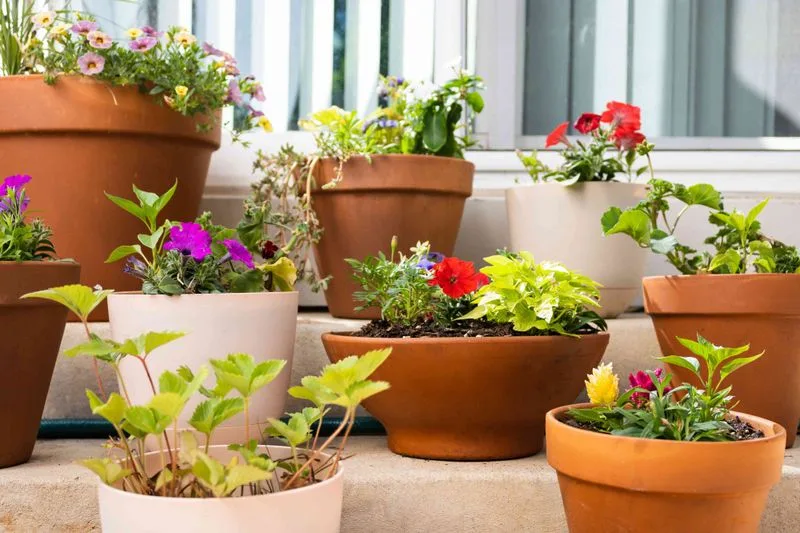
Limited or poor soil conditions led many to embrace container gardening. Using whatever containers were available, from tin cans to wooden crates, gardeners grew a variety of plants. This method allowed for easy mobility and control over soil quality. Container gardening was a practical solution for those with limited garden space or poor soil. It demonstrated how resourcefulness could overcome environmental challenges. Today, it continues to be a popular choice for urban dwellers and those with limited gardening space.
Crop Rotation
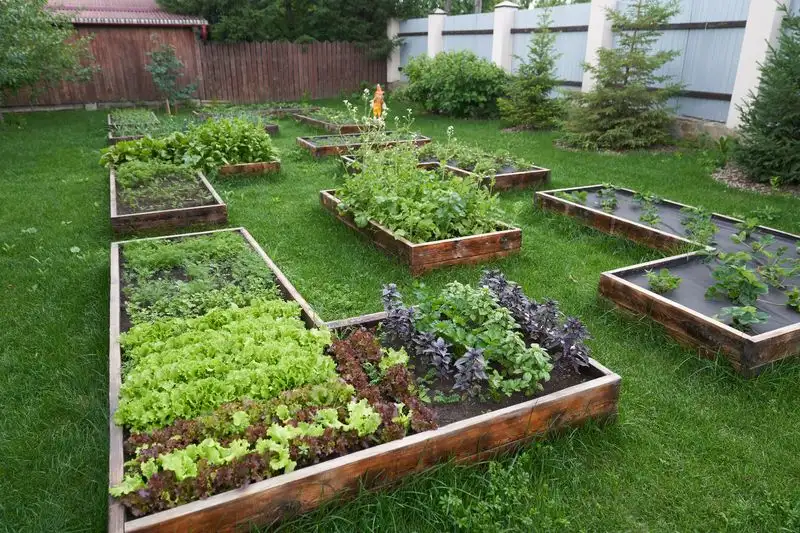
Crop rotation was a crucial practice for maintaining soil health. By changing the types of crops grown in a particular area each season, gardeners prevented soil depletion and reduced pest buildup. This method was not only effective but also simple, requiring no expensive inputs. It was a testament to the understanding of ecological balance. Crop rotation kept gardens productive and sustainable, a principle still vital in modern agriculture. It reflects the foresight and wisdom of Depression-era gardeners.
Hand Pollination
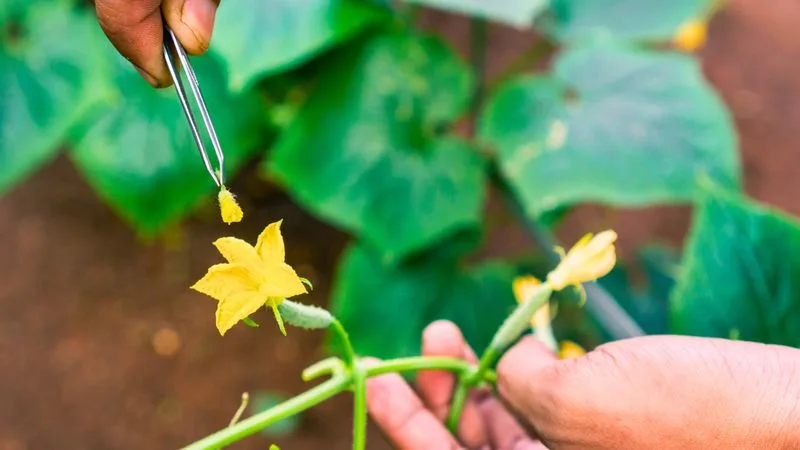
When pollinators were scarce, gardeners took matters into their own hands. Hand pollination involved manually transferring pollen from one flower to another, ensuring fruit production. This labor-intensive method was crucial for crops like squash and cucumbers. It demonstrated the perseverance and determination to succeed despite challenges. Hand pollination was an intimate dance with nature, requiring patience and care. It’s a technique still used today in controlled environments or where pollinators are absent.
Root Cellaring

To preserve the bounty of their gardens, many families relied on root cellars. These cool, dark spaces provided the perfect environment for storing vegetables like potatoes and carrots. Root cellaring extended the shelf life of produce, ensuring food availability through harsh winters. It was a low-cost, efficient way to store food without refrigeration. This method reflected the era’s focus on self-sufficiency and careful planning. Root cellaring remains a viable option for preserving food naturally.
Mulching
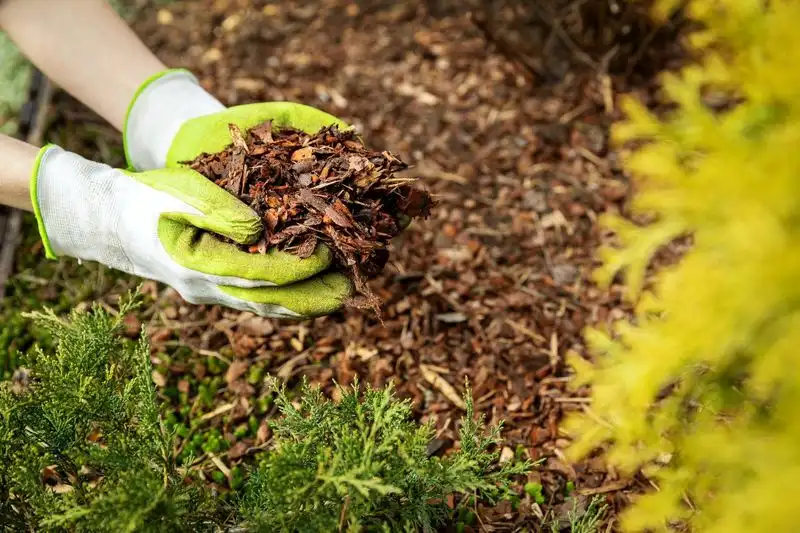
Mulching was a favored technique for conserving moisture and suppressing weeds. By covering the soil with materials like straw or leaves, gardeners protected their plants from harsh weather and reduced watering needs. This simple yet effective method was cost-efficient and environmentally friendly. It embodied the principle of doing more with less and making nature an ally. Mulching continues to be a valuable practice for gardeners seeking to enhance soil health and reduce maintenance.
Cuttings Propagation
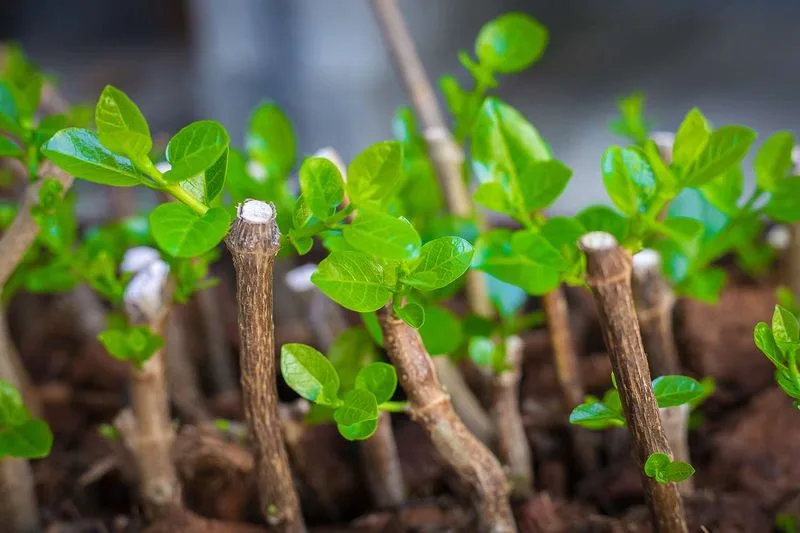
Growing new plants from cuttings was a common practice to expand gardens without purchasing new seeds or plants. This method involved rooting cuttings in water or soil until they grew into fully-fledged plants. It’s an economical way to propagate plants, allowing gardeners to share their favorite varieties. Cuttings propagation highlighted the resourcefulness and sharing spirit of the time. This technique is still favored today for its simplicity and effectiveness in multiplying plants.
Intercropping
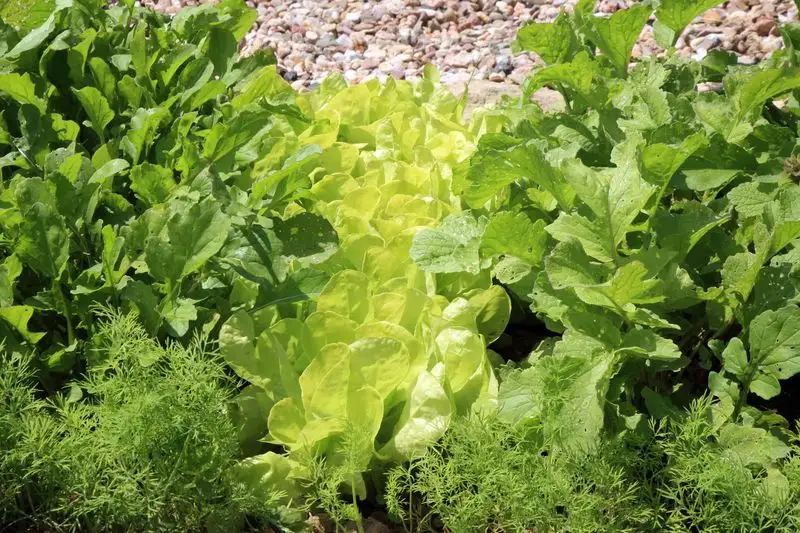
Intercropping involved growing different crops in proximity for mutual benefit. This technique enhanced biodiversity and reduced pest problems. By carefully selecting compatible plant combinations, gardeners maximized space and improved yields. Intercropping required careful planning but offered substantial rewards in terms of productivity and ecosystem health. This method reflects the innovative spirit of the Depression era, turning challenges into opportunities. Intercropping remains a respected practice for sustainable farming and gardening.

